Jvari Monastery
Jvari Monastery
Jvari Monastery is one of Georgia’s most popular tourist attractions. This Georgian Orthodox monastery was built around the IV Century and is beautifully set on a hill that’s surrounded by the Aragvi and Mtkvari rivers and overlooks the town of Mtskheta. The monastery is one of the most significant destinations for pilgrimage in Georgia, and in 1994, it became a part of UNESCO’s list of World Heritage Sites.
Brief History of the Jvari Monastery
According to some historical accounts, Saint Nino, a Georgian female preacher who converted King Mirian III to Christianity, established a large cross in the area where the Jvari Monastery now stands. The cross symbolizes the fall of paganism and the rise of Christianity in Georgia. Over the years, the cross has reportedly worked miracles, which attracted pilgrims from around the Caucasus Region. A church was then erected over the remnants of the wooden cross, which is now known as the Jvari Monastery.
Over time, the monastery has drawn hundreds of pilgrims. Around the middle ages, stonewalls were built surrounding the complex. Today, there are only a few remnants of these walls that can be found on site. During the Soviet era, the monastery was declared a national monument. However, access to the site was difficult due to the tight security imposed by the military base close to the area. After Georgia’s independence, the Jvari Monastery was restored and was used for religious activities.
Restoration of the Jvari Monastery Complex
Over the years, the structure of the Jvari Monastery has greatly deteriorated due to violent war, water damage, and lack of maintenance. Some of the frescoes and mosaics in the interior have been largely destroyed while heavy pressure on its upper walls has threatened the building’s structural stability.
During the late 1980s, restoration works on the church were temporarily halted so as not to endanger its authenticity. But in 2006, World Monuments Watch studied the original construction of the building as well as the consequent interventions. They proposed a project that will allow for the conservation and development of the monastery. Thanks to the high standards of engineering and excellent building techniques, the Jvari Monastery is now standing remarkably and attracts thousands of tourists from around the world.
Visiting the Jvari Monastery Complex
The Jvari Monastery complex sits in a beautifully landscaped area that exemplifies traditional Georgian building practices. It has a great impact on the development of some other churches in Georgia and served as a model for some other churches in the region.
The base of the cross that Saint Nino erected on the site after the fall of paganism is still visible inside the monastery today. As you explore the exterior façade of the church, you’ll find exceptional sculptures and other remarkable features. Some of the sculptures were created by means of a traditional bas-relief carving technique that’s common in the region.
The monastery is still one of the most significant pilgrimage sights in the country today and one of the most sacred places in the Caucasus. Aside from exploring the church itself, visitors would marvel at the scenic views of Mtskheta town from up here.
How To Visit the Jvari Monastery
The best way to visit the monastery is to travel to the town of Mtskheta from Tbilisi. You can take the marshrutka, a public transportation in Georgia, going to the town. The marshrutkas depart from the Didube Bus Station of Georgia daily. This bus station is just beside the Didube Metro Station.
Mtskheta is only 20 kilometers away from Tbilisi and you’ll get there in less than 30 minutes. As you arrive in Mtskheta, you can hire a taxi that will take you to the Jvari Monastery. For a hassle-free way of visiting the monastery, it is best to book a private tour that will leave from Tbilisi.
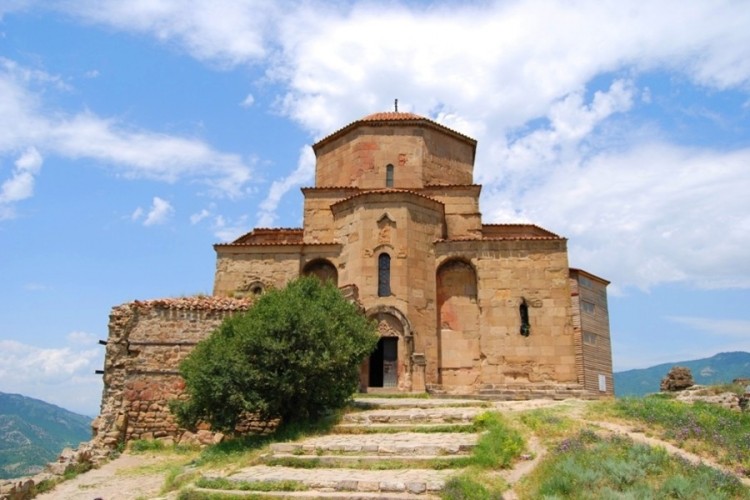

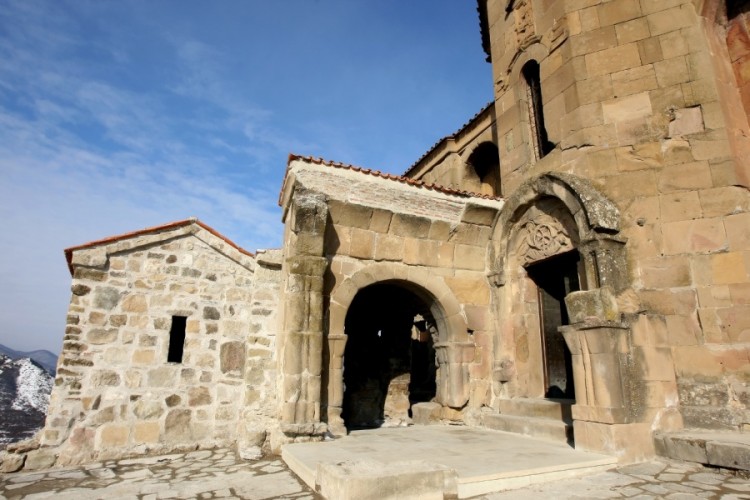
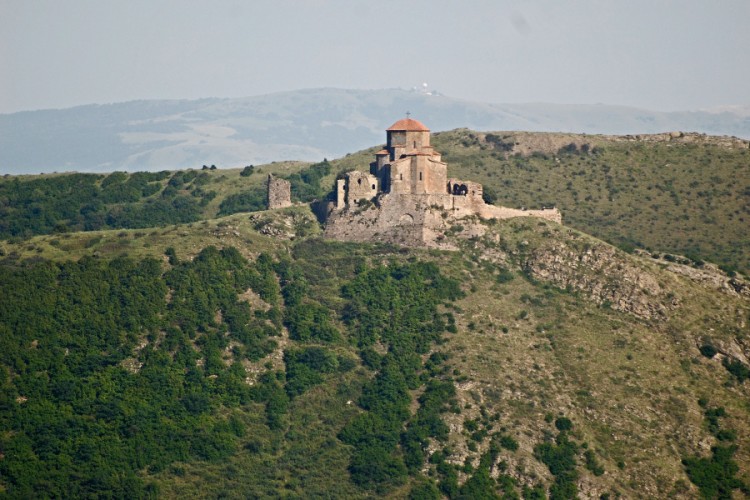
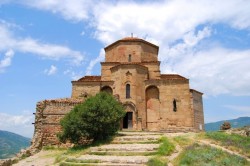
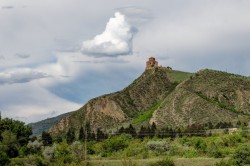
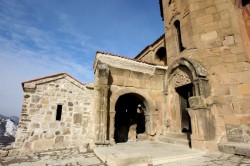
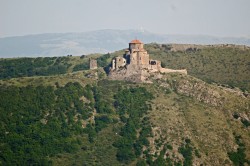
/public/637/e7b/e26/637e7be26aa2b626113520.jpeg 1x, https://sakurageorgia.com/storage/app/uploads/_thumbs/cover(800,448)/public/637/e7b/e26/637e7be26aa2b626113520.jpeg 2x)
/public/656/f85/af5/656f85af55480443920958.jpg 1x, https://sakurageorgia.com/storage/app/uploads/_thumbs/cover(800,448)/public/656/f85/af5/656f85af55480443920958.jpg 2x)
/public/624/4b6/e4a/6244b6e4a0702380103206.jpg 1x, https://sakurageorgia.com/storage/app/uploads/_thumbs/cover(800,448)/public/624/4b6/e4a/6244b6e4a0702380103206.jpg 2x)
/public/624/4b6/dd3/6244b6dd312a2122503603.jpg 1x, https://sakurageorgia.com/storage/app/uploads/_thumbs/cover(800,448)/public/624/4b6/dd3/6244b6dd312a2122503603.jpg 2x)
